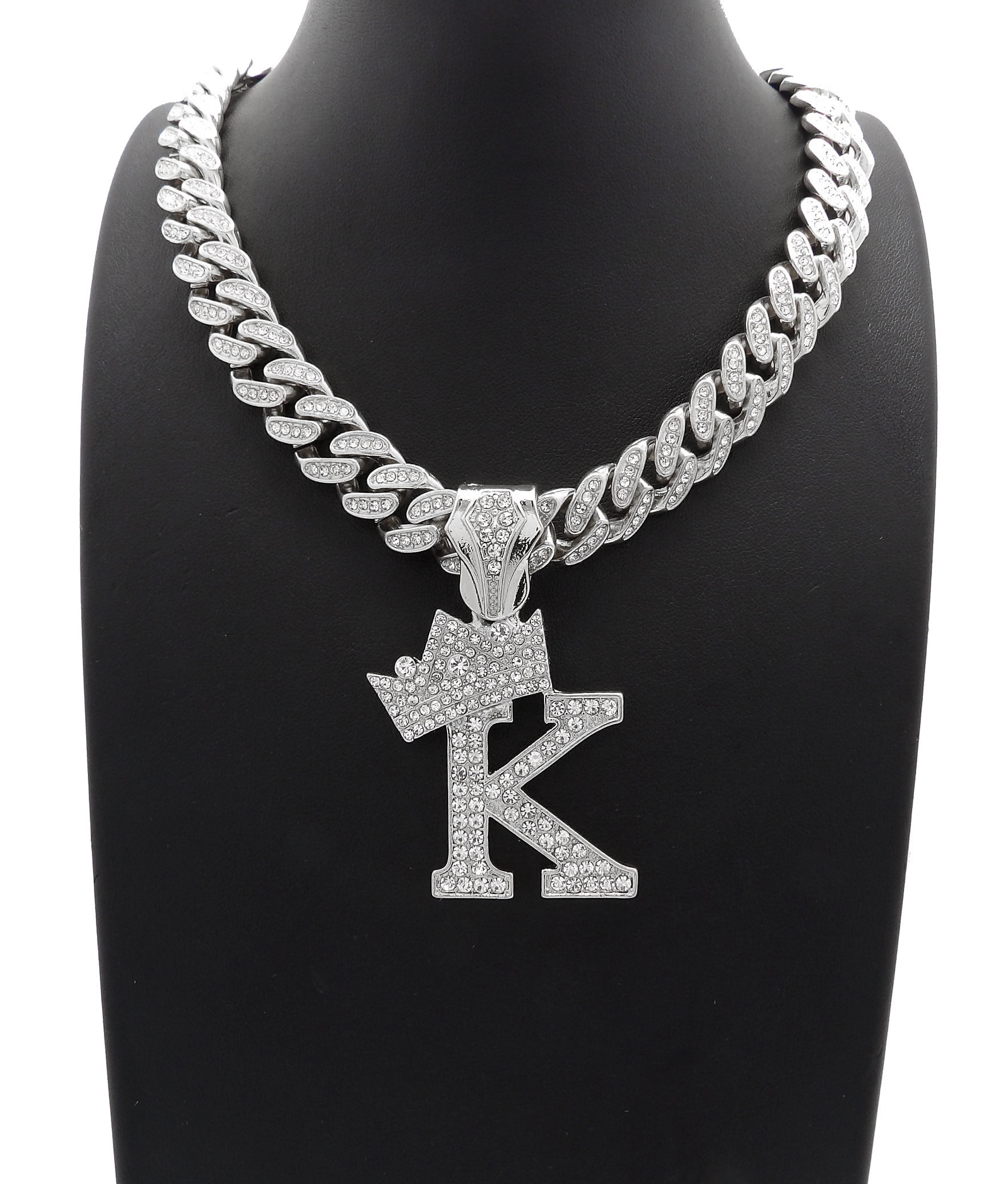
When he ascended the throne, Gustaf V was, at least on paper, a near-autocrat. Meeting of the three kings in Malmö, 18 December 1914: Haakon VII of Norway, Gustaf V, and Christian X of Denmark. He was succeeded by his son, Gustaf VI Adolf. Most notably, he represented Sweden (under the alias of Mr G.) as a competitive tennis player, keeping up competitive tennis until his 80s, when his eyesight deteriorated rapidly. His intervention remains controversial.Īn avid hunter and sportsman, Gustaf presided over the 1912 Olympic Games and chaired the Swedish Association of Sports from 1897 to 1907. During World War II, he allegedly urged Per Albin Hansson's coalition government to accept requests from Nazi Germany for logistics support, arguing that refusing might provoke an invasion. Gustaf V had pro-German and anti-Communist stances which were outwardly expressed during World War I and the Russian Civil War. Bowing to the principles of parliamentary democracy, he remained a popular figurehead for the remaining 31 years of his rule, although not completely without influence.

However, after the Liberals and Social Democrats secured a parliamentary majority under Staaff's successor, Nils Edén, he allowed Edén to form a new government which de facto stripped the monarchy of virtually all powers and enacted universal and equal suffrage, including for women, by 1919. Gustaf's early reign saw the rise of parliamentary rule in Sweden although the leadup to World War I induced his dismissal of Liberal Prime Minister Karl Staaff in 1914, replacing him with his own figurehead, Hjalmar Hammarskjöld, the father of Dag Hammarskjöld, for most of the war. He was the first Swedish king since the High Middle Ages not to have a coronation and so never wore the king's crown, a practice that has continued ever since.

He was also the last Swedish monarch to exercise his royal prerogatives, which largely died with him, although they were formally abolished only with the remaking of the Swedish constitution in 1974. Reigning from the death of his father Oscar II in 1907 to his own death 42 years later, he holds the record of being the oldest monarch of Sweden and the third-longest rule, after Magnus IV and Carl XVI Gustaf. He was the eldest son of King Oscar II of Sweden and Sophia of Nassau, a half-sister of Adolphe, Grand Duke of Luxembourg. Gustaf V (Oscar Gustaf Adolf 16 June 1858 – 29 October 1950) was King of Sweden from 1907 until his death in 1950. Gustaf V on an award silver medal for horse breeding.


 0 kommentar(er)
0 kommentar(er)
